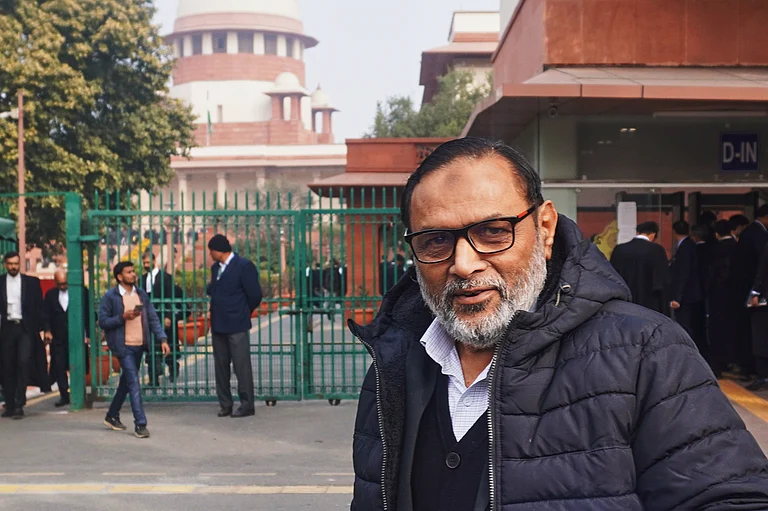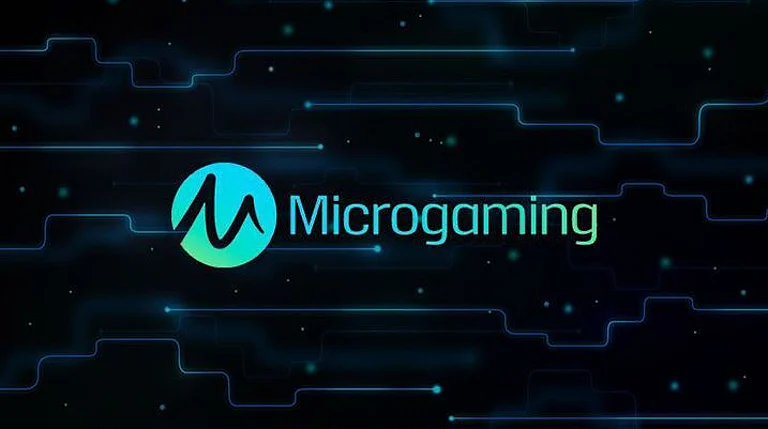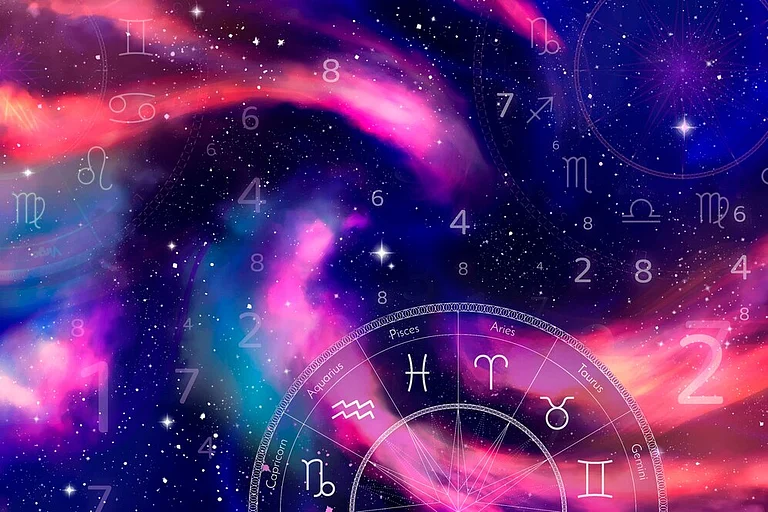Since the present dispensation has been in power since 2014, there has been a lot of pseudo-science promotion. Scientists from elite science and research institutes have given statements and have spoken in conferences that science research was done in India thousands of years ago, airplanes were invented in ancient times, plastic surgery was conducted in ancient times, and have claimed that modern-day science has been derived from scriptures like Vedas.
When Indian Science Congress was held in 2016, Venki Ramakrishnan, India-born Nobel laureate and the then-President of the Royal Society, in an interview said that “very little science is discussed in these gatherings.”
“It has been made a joke and I will never attend any Science Congress in India,” said Ramakrishnan. He just attended one day of the congress.
Such things take place because of ‘Hindu pride’. These things happen despite having “development of scientific temper, humanism, and spirit of inquiry and reform” in Indian constitution in the Constitution. It is not the case with Hindus only but with other religions too.
Understanding science and religion
We must at least have a basic understanding of what science and religion are in order to comprehend the extent of these disciplines and how they interact. After all, terms like ‘science’ and ‘religion’ don’t have fixed definitions that never change. The word ‘religion’ was not often used before the 19th century. Aquinas was a mediaeval author who used the term ‘religio’ to refer to devotion or worship, not to other less-orthodox religious systems, according to scholar Peter Harrison. Early anthropologists like E.B. Tylor contributed to the term’s modern, vastly expanded definition.
Indeed, they are relatively new words with a range of context-specific meanings. Religion is perhaps more difficult to define than science. The metaphysics, beliefs, and systems of the salvation of various religions vary. Similar to art and poetry, truth in religion is more of an experience than a theory reached through sustained, objective investigation of a publicly known fact. As A.N Whitehead puts it in his inimitable style: “Religion is the vision of something which stands beyond, behind, and within the passing flux of immediate things; something which is real, and yet waiting to be realized; something which is a remote possibility, and yet the greatest of present facts; something that gives meaning to all that passes, and yet eludes apprehension; something whose possession is the final good, and yet is beyond all reach; something which is the ultimate ideal, and the hopeless quest.”
As for the term science, the 19th century also saw the widespread use of the word in its modern sense. Before this, what we now refer to as ‘science’ was known as ‘natural philosophy’ or, if the experimental component was stressed, ‘experimental philosophy’. The term ‘scientist’ was first used to refer to proponents of various natural philosophies by William Whewell in 1834.
Science philosophers have made an effort to distinguish science from other knowledge-seeking activities, particularly religion. For instance, Karl Popper (1959) asserted that scientific hypotheses are, in theory, falsifiable, in contrast to those of religion and philosophy. The term ‘science’ refers to a systematic method of study and problem-solving. Science is characterised by a rigorous method of observation, experimentation, hypothesis-testing, and theory-building. Science aims to seek knowledge of the truth and the world through a systematic method. Science is based on critical thinking, skepticism, and rationality. It questions many received ideas and follows a proper methodology. Science has a greater degree of doubt and skepticism with it, which ensures that ideas are tested and verified before being accepted.
What is pseudo-science?
Pseudo-science, on the other hand, is characterised by the use of scientific-sounding language and claims that are not backed by evidence or the scientific methods. Pseudo-science often involves the promotion of beliefs that are not supported by the scientific community or are contradicted by scientific evidence.
Pseudo-science can be dangerous, especially in the fields of medicine and health, as it can lead to false beliefs and practices that can harm individuals.
Outside the academia, the debates about science and religion are grossly overs-simplified. For instance, some Muslim writers also write and speak in the name of dawah —calling to convert to Islam— that science has been derived from the Quran and write books like ‘Quran and Science’, ‘Critic of Evolution’, and ‘Theories derived from Quran’.
Religious persecution of science
A zoology professor was arrested in Tunisia for teaching evolution. Modern science which isn’t compatible with orthodoxy is banned in many Islamic countries.
Muslim thinkers like late Ismail Raji Al Farooqi have been calling and working on a project called ‘Islamisation of Knowledge’ where one of the research ideas was ‘Islamization of Science’ where research was done within Islamic framework with the foundation which is in total contradiction with science epistemology. Few research institutes have been formed on these lines too. It is not a recent phenomenon. It happened centuries back as well.
On 22 June 1633, the most celebrated thinker of his times who revolutionized cosmology, Galileo Galilei, was found guilty by the Catholic priests of heresy for calling the Sun to be the center of the world contrary to holy scriptures. He was imprisoned and was later commuted to house arrest and was told to recite seven penitential psalms a week as a punishment. Galileo was a believer, a Christian by faith who believed in holy scriptures for ethics and reaching heaven. Much before him, Nicholas Copernicus had written the same in his book ‘On the revolutions of heavenly spheres’.
Distinguishing science and religion
The argument that science only considers the natural world while religion only considers the supernatural realm and how it relates to the natural is one approach to distinguish between science and religion. Scientific theories do not invoke deities or angels —fallen or not— or other supernatural beings, such as miracles, karma, or qi. For instance, legal experts do not cite karmic weight when addressing why individuals commit crimes, and neuroscientists often explain our thoughts in terms of brain states rather than by making reference to an immaterial soul or spirit.
Numerous typologies examine how science and religion interact. Mikael Stenmark (2004), for instance, makes a distinction between three viewpoints: the independence view (no overlap between science and religion), the contact view (some overlap between the fields), and a union of the domains of science and religion. Within each of these viewpoints, he recognises additional sub-categories, such as the possibility that contact could result in either conflict or harmony.
Barbour's (2000) taxonomy of conflict, independence, dialogue, and integration in the interaction between science and religion continues to be the most important one. This taxonomy has been improved and altered by later writers as well as Barbour himself. Others, however, have suggested that this taxonomy is not helpful to comprehend historical interconnections between both professions (e.g., Cantor & Kenny 2001).
Pioneers of early modern science, Isaac Newton and Robert Byle, saw their work as a religious enterprise. Even when Robert Boyle and Hooke founded the Royal Society, they were seen as a threat to orthodoxy. Even Thomas Paine whose work “Common Sense” was condemned by orthodoxy for propagating the separation of “church and state”.
Charles Darwin, the biologist who changed the whole modern science and philosophy of his age by giving the theory of evolution, was a theist at this time and later called himself an agnostic.
The promotion of pseudo-science
Pseudo-science is being promoted not only in paid journals but in leading journals.
Alan Sokal, a known physicist, submitted a nonsensical article to a prominent journal Social Text to check its intellectual rigor. It was accepted and published. The nonsensical trash that was published by a reputed journal proves how pseudo-science too gets promoted.
Science has been so successful that it touches all our lives, technology, medicine, etc. Religion too has been important and successful for morals, ethics, or experiencing God. Science and religion have had rich and complex relations. Traditionally, the connection between science and religion has been seen as one of confrontation, particularly when it comes to the question of beginnings — creationism vs. evolution.
History demonstrates that science and religion have more frequently been complementary to one another and have had a fluid connection. Many of the questions in this series deal with topics that are at the nexus of science and religion, which are both significant aspects of contemporary life. Does the question arise what is science? How can we define It? What methodology does it follow?
How philosophers look at science?
While science is frequently presented as a body of facts, in reality, it is a process of study and problem-solving. The majority of scientific philosophers concur that nothing in science can ever be proved with absolute certainty. Although the definitions of hypothesis, theories, and laws vary somewhat, in general, hypotheses are testable claims about a certain subject. A variety of hypotheses that have been tested and confirmed true are included in theories.
As an illustration, Einstein's theory of relativity predicted that light would bend as it passed by a massive object. This prediction was empirically confirmed years later. It’s rare to refer to new theories as ‘law’, maybe out of concern that they'll be found to be false. Science questions beliefs or set of beliefs. Science is characterised by a particular way of doing, theory, and experiment.
Science has a proper way of looking at and responding to the world. It has a greater degree of skepticism, and doubt with it and questions many received ideas. It has greater relation with rationality and logic. Its ultimate goal is to search for truth by following proper methodology. It is a particular kind of inquiry.
The above things mentioned are the cornerstone of the scientific method. It is characterized by the systematic method based on observation, experimentation, hypothesis, testing, and theory-building. It is a pursuit of knowledge of the truth and world by a systematic method. The etymology of science itself is knowledge derived from the word “Scientia”, meaning knowledge. It is based on critical thinking even about its answers.
Science philosopher Popper writes: “Fundamental feature of scientific thought is that it should be feasible-not compatible with every course of experience.” He further writes that “scientists make a hypothesis and then deduce the consequence of these hypotheses”. It asserts that a hypothesis can be falsified and can be wrong.
Science philosopher Carl Hampel writes that “science questions and why question”. Where there comes a question, search for truth and questioning belief comes. He further writes about the scientific explanation that it is a logical structure of an argument, that is, a set of premises followed by a conclusion. The conclusion tells us whether the phenomena which occurred is true or not. The answer is three-fold:
- Answer should be a deductive one.
- All premises should be true, and
- Premise should at least consist of one general law
Do some scientific ideas change over time? Are new theories built upon old ones? Historian and science philosopher Thomas Kuhn in his book ‘The Structure of Scientific Revolution’ wrote that philosophers have much to learn from science. He coined a word for day-to-day science “normal science”. His central argument regarding the concept of a paradigm is that it consists of two main components, a fundamental theoretical assumption that all members of the scientific community accept at a given time and a second problem solved by those theoretical assumptions.
Kuhn’s ideas created a storm and are said to have impacted sociology and anthropology too. Ptolemaic astronomers say the Earth is stationary at the center of the universe. Newtonian physics revolves around the Newtonian theory of mechanics and gravitation. Similarly, Copernicus talked about the geocentric model followed by Kepler and Galileo. This is how Kuhn’s ideas fit.
It seems very befitting to summarise the science-religion debate in the words of Stephen Jay Gould, who said: “We get the age of rocks, and religion retains the rock of ages; we study how the heavens go, and they determine how to go to heaven.” This simply shows science has its path and method different than theology and religion.
The two who mix the two are doing a great disservice to both. Ultimately, the science-religion debate remains an ongoing and complex conversation as scientists and theologians continue to grapple with issues of knowledge, meaning, and ethics in their respective fields.
However, by acknowledging the distinct paths and methods of science and religion, we can foster a more nuanced and fruitful dialogue between these two vital aspects of human experience.

























